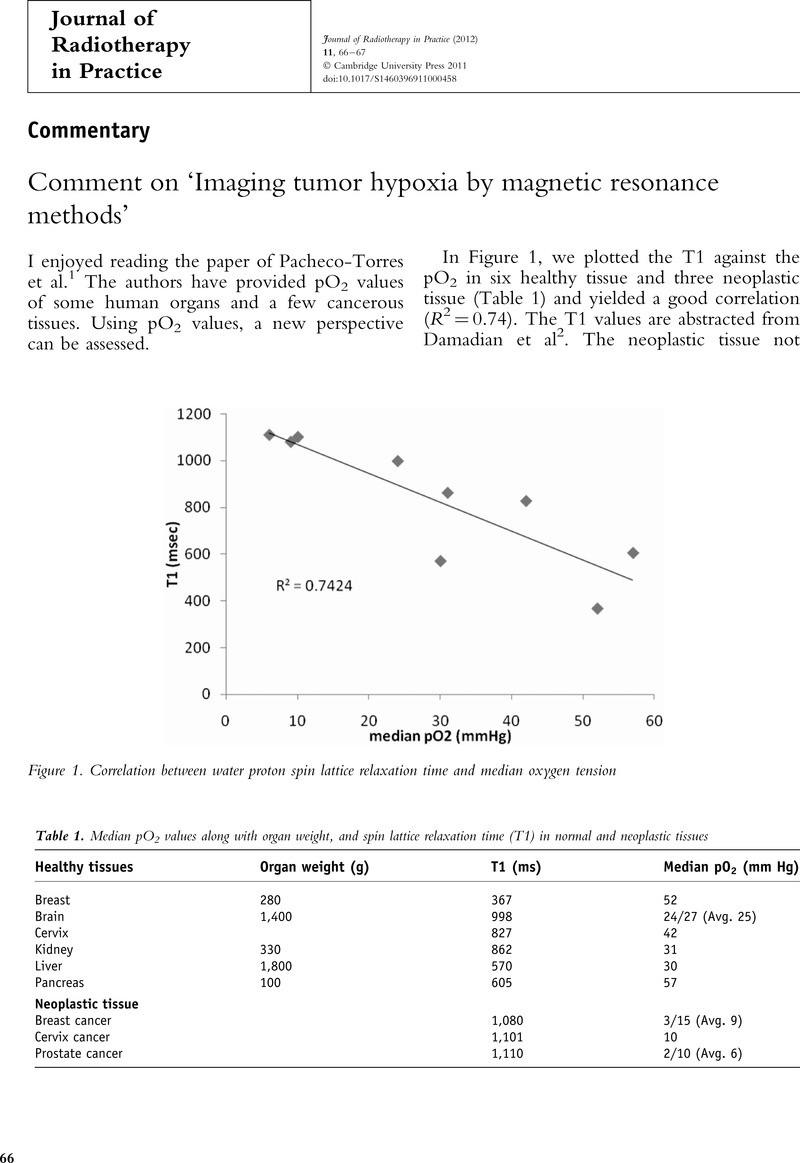Crossref Citations
This article has been cited by the following publications. This list is generated based on data provided by Crossref.
Bluemke, Emma
Bertrand, Ambre
Chu, Kwun-Ye
Syed, Nigar
Murchison, Andrew G.
Cooke, Rosie
Greenhalgh, Tessa
Burns, Brian
Craig, Martin
Taylor, Nia
Shah, Ketan
Gleeson, Fergus
and
Bulte, Daniel
2023.
Oxygen-enhanced MRI and radiotherapy in patients with oropharyngeal squamous cell carcinoma.
Clinical and Translational Radiation Oncology,
Vol. 39,
Issue. ,
p.
100563.


